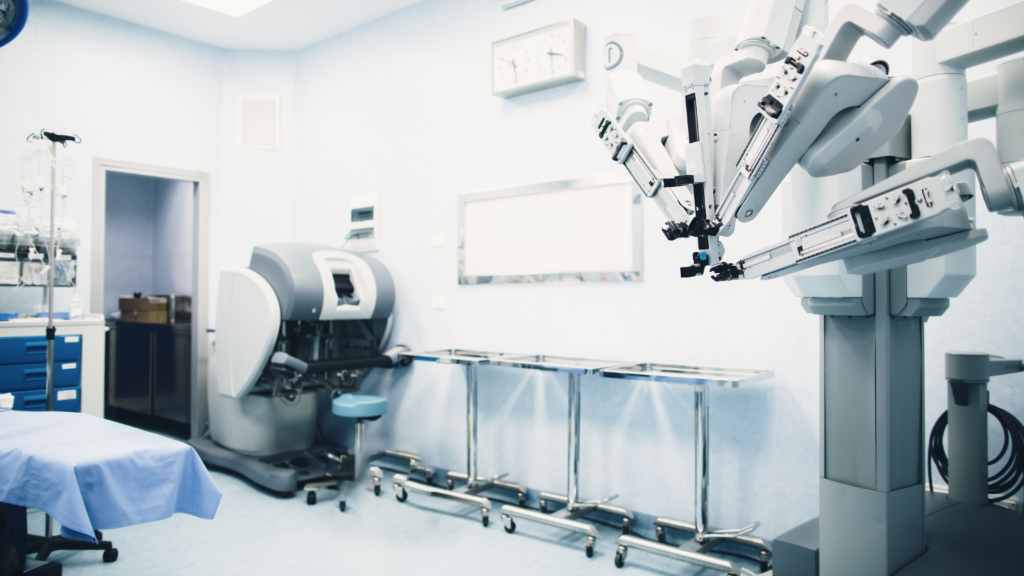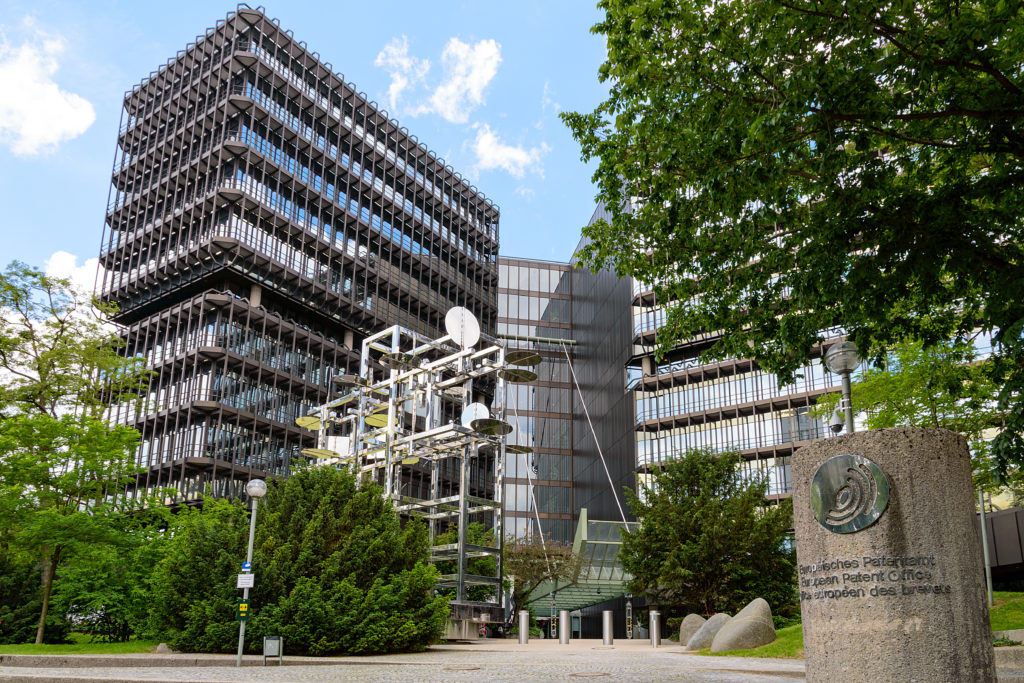Mental health has been the subject of increasing public attention in recent years. As well as affecting individuals’ quality of life, poor mental health exacts a significant economic toll: by some estimates depression alone costs the British economy in the region of £100 billion a year through lost productivity and the cost of treatment.
The digital health industry has quickly picked up on the need to address this challenge, and startups have begun to emerge offering new ways of managing and treating mental health conditions. One such product that has recently attracted considerable attention – and significant funding – is the PReDicT test developed by P1vital for monitoring the effectiveness of antidepressants for individual patients.
PReDicT presents the patient with a questionnaire that is sensitive to changes in the patient’s processing of emotional information. Their answers are processed by a machine learning algorithm that is configured to measure these changes and identify how the patient is responding to their current course of treatment. According to P1vital, this test can cut the time taken to determine the patient’s response from four-six weeks, as is typically required under conventional practices, to one. As most patients do not respond to the first one or two antidepressants that they try, it is easy to see that this technology has the potential to greatly benefit patients by expediting the treatment of depression, and in doing so reduce the associated demand on health services.
UK law and the European Patent Convention both exclude “diagnostic methods practised on the human body” from patentability. The rationale behind this provision is that medical practitioners should not be prevented from diagnosing a patient’s condition, and hence providing the most effective care, by the existence of a patent. The exclusion does not, however, extend to products for use in such methods, and case law indicates that devices configured to carry out diagnostic methods that would themselves be excluded are in fact eligible for patent protection.
In the case of a product like the PReDicT test, this means that a computer programmed to receive data about the patient and output information about a related health condition (such as the progress of a mental health condition) should not be treated as inherently ineligible for patent protection. Patent applications for digital health products often run into difficulty, however, when the patent examiner views the alleged invention as merely the automation of a known medical technique or of some other non-technical process. When this is the case, the application is liable to be refused on the grounds that the alleged invention includes no new technical features that were not obvious at the time of filing.
If, on the other hand, the product does involve a new technical innovation – for example in the algorithm itself – it stands a better chance of being seen as possessing sufficient technical character to meet the requirement of non-obviousness. The European Patent Office (EPO) recently issued specific guidelines for the treatment of artificial intelligence and machine learning inventions (of which Sam Jones provided a detailed analysis at the time of their release), which give “the use of a neural network in a heart-monitoring apparatus for the purpose of identifying irregular heartbeats” as an example of a concretely ‘technical’ application of machine learning. Clearly there are some similarities between this and the concept of assessing a mental health condition by the application of machine learning, but whether the EPO would regard the assessment of a condition that manifests in the mind of the patient, rather than the identification of a physical symptom such as irregular heartbeats, as a real technical effect is not entirely clear on the basis of the existing case law.
A lack of technical character in the strict patent law sense does not, of course, mean that the company behind the product has not innovated in producing it. For example, any bespoke software by which the product is implemented may not be seen as patentable but might nonetheless be what enables the product to outperform its competitors.
Rather than putting this information into a patent application, which would eventually be made public, the product’s competitive advantage might be better protected by simply keeping it secret. As well as avoiding disclosing the details of the product publicly, this approach carries a further advantage in that that the law can offer recourse in the event that the information is disclosed or otherwise misused in a breach of confidence. In order to rely on the law surrounding breaches of confidence, it is vital that all secret know-how is documented and that anyone given access to it is made aware of its confidential nature and its value to the company. (See Graham Spenceley’s discussion of trade secrets for more on how to decide whether your know-how is best kept out of the public domain.)
Software is also automatically protected by copyright as soon as it is written. This protection only extends to the actual code as written by the developer, however, and does not prevent others from developing their own programs to achieve the same functionality. This means that in practice, the protection afforded by copyright may be circumvented by a competitor who is able to produce software that emulates the original without directly copying the source code itself. Notwithstanding its susceptibility to being worked around, copyright can nonetheless be a useful form of protection for software on account of the fact that it arises automatically and its applicability to the most blatant imitators.
Since public perception can be decisive in determining the uptake of a new healthcare product, developing recognition and trust through an effective branding strategy can also be instrumental in establishing the product’s place in the market.
If you would like advice on protecting your digital health innovation or developing your branding strategy, please get in touch with an attorney from our MedTech or Trade Marks teams.

